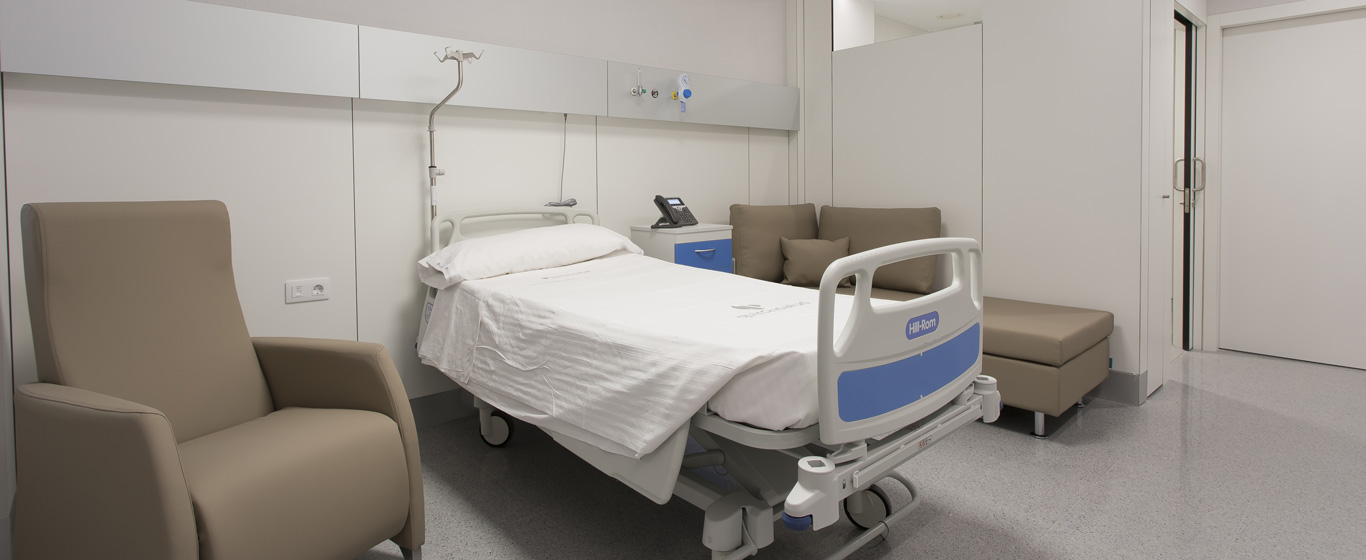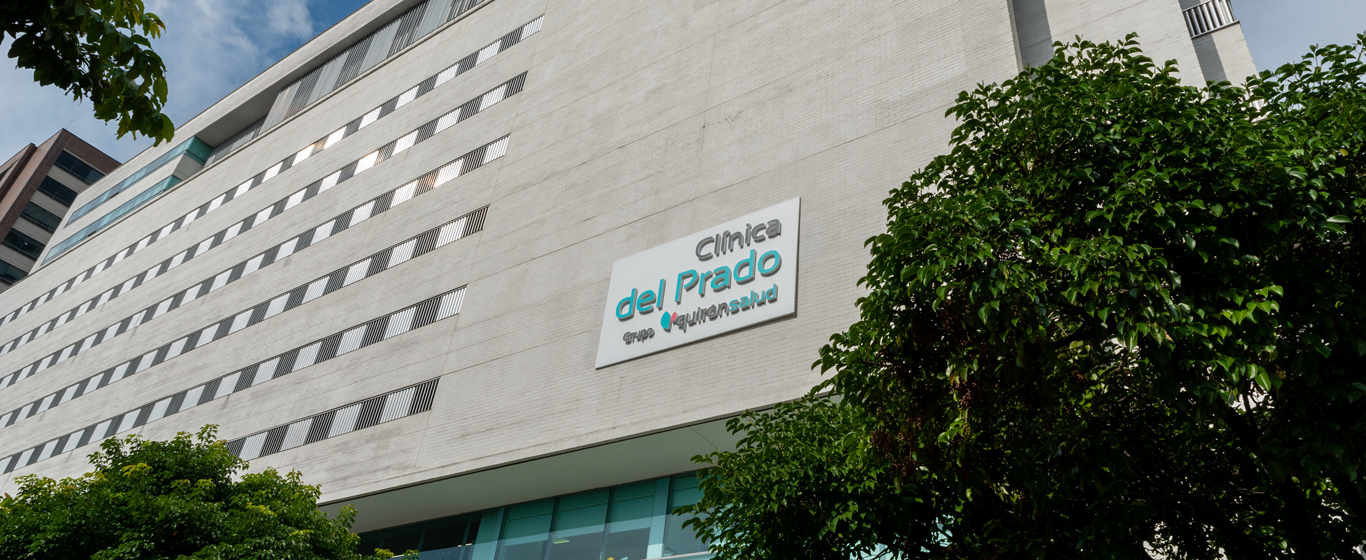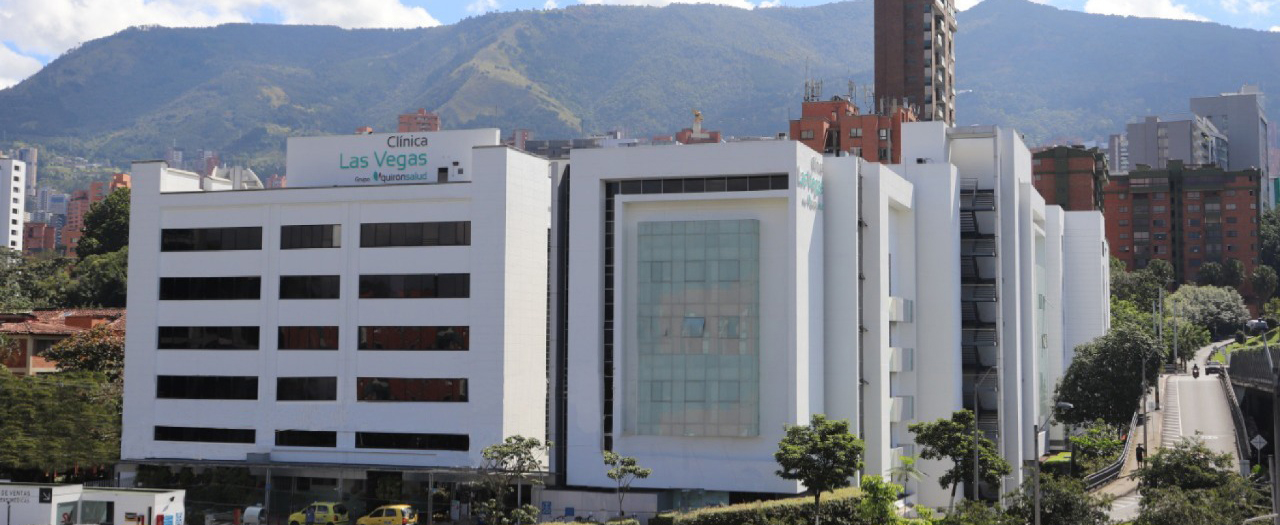Stroke
What is a cerebrovascular accident? Information on the causes, symptoms, and the importance of the first 72 hours after a stroke.
Symptoms and Causes
A cerebrovascular accident, also called a stroke, occurs when the blood flow to the brain is reduced or completely interrupted. As a result, the cells begin to die within minutes because brain tissues do not receive the oxygen and nutrients required to stay alive.
Immediate attention within the first minutes after a stroke is crucial to reverse the damage and minimize the sequelae. This is why it is vital for society to be aware of the symptoms of a cerebrovascular accident and how to respond when they occur.
After suffering a stroke, clots often form, which can lead to another episode within the following hours. Therefore, the protocol indicates that intensive monitoring should be maintained during the 72 hours after the cerebrovascular accident.
Symptoms
A stroke can be easily detected if the most common symptoms are known. It is crucial to call emergency services as soon as possible if a person presents:
- Paralysis in an arm, leg, or face.
- Difficulty speaking.
- Vision problems, especially sudden blindness in one or both eyes.
- Numbness or loss of sensation on one side of the body.
- Difficulty understanding what they hear.
- Problems walking.
- Intense headache.
If there is any doubt, a simple test can help clarify. A stroke is confirmed if, when smiling, one side of the face droops, when the person cannot raise both arms at once, when they cannot pronounce certain words, or when they speak strangely.
Causes
The causes of a stroke can vary. Depending on its nature, different types of cerebrovascular accidents are identified:
- Ischemic stroke or cerebral infarction: Caused by narrowing or blockage of blood vessels due to a thrombosis or embolism.
- TIA (Transient Ischemic Attack): Occurs when the vessel occlusion is temporary, and the person recovers completely in a few minutes or hours.
- Hemorrhagic stroke or brain hemorrhage: Caused by the rupture of a blood vessel.
Risk Factors
Although anyone can suffer a stroke, some factors increase the risk. These include:
- Being over 55 years old.
- High blood pressure.
- High cholesterol.
- Diabetes.
- Cardiovascular diseases such as heart failure or atrial fibrillation.
- Obesity.
- Smoking.
- Excessive alcohol consumption.
- Leading a sedentary lifestyle.
Complications
The sequelae of a stroke can be very severe and negatively impact the quality of life. Some of the most common include memory loss, paralysis on one side of the body, difficulties speaking or swallowing, problems understanding, pain in affected areas, or changes in behavior.
Prevention
When the risk factors are known, lifestyle changes can be made to prevent strokes. It is advisable to control blood cholesterol levels, reduce high blood pressure, quit smoking, drink alcohol in moderation, eat a balanced diet, exercise regularly, and maintain a healthy weight.
Which doctor treats stroke?
The diagnosis and initial emergency treatment of a stroke are carried out by specialists in neurology, emergency care, and internal medicine. To address the sequelae, geriatricians, intensivists, and specialists in the cardiovascular risk and bodily injury units intervene.
Diagnosis
Speed in diagnosis is critical in stroke cases, as administering treatment within the first six hours significantly reduces the risk of long-term sequelae. When someone with a suspected stroke arrives at the hospital, the following tests are performed:
- Physical examination and evaluation of accompanying testimonies.
- Brain CT scan: Shows the presence of blood in the brain.
- Brain angiography (CT angiography): Studies if a blood vessel is occluded.
- Brain MRI: Helps identify the affected area.
- Carotid ultrasound: Assesses the presence of cholesterol plaques in the arteries as a cause of the stroke.
Treatment
While a stroke is occurring, or shortly after, various treatments can be applied to halt the process and reverse its effects. The most common treatments are:
- Medications administered intravenously to dissolve blood clots.
- Mechanical thrombectomy: Removes the clot when it is located in large and accessible brain vessels.
- Angioplasty with or without a stent: Minimally invasive surgery where a catheter with a stent is inserted to remove the clots.
- Bleeding embolization to prevent the blood vessel from rupturing again.
After emergency care, another series of treatments are applied to reverse the sequelae and facilitate recovery after a stroke. In this phase, occupational therapy and neurorehabilitation help restore autonomy, or at least part of it, to the patients.



































































































